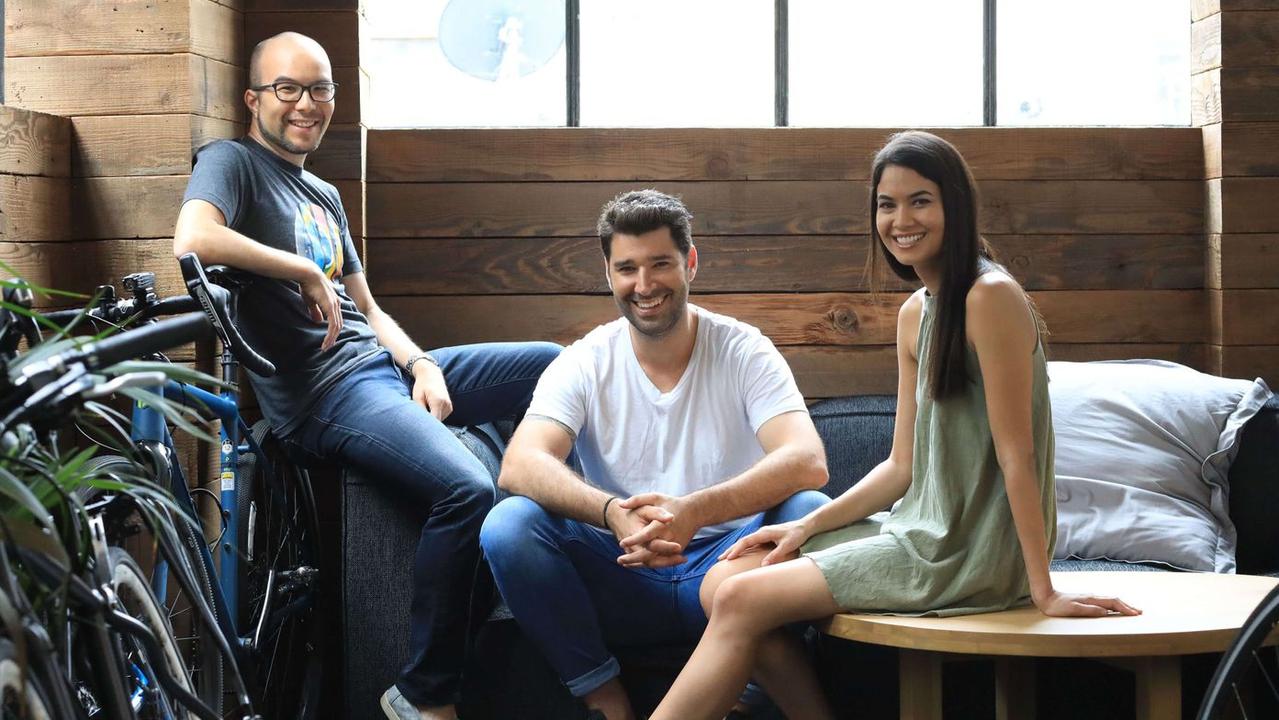Big Tech forced into radical reinvention: profit before growth


Even before big-spending stars such as Uber, WeWork and even Netflix crashed to Earth, the single biggest driver for tech players was to build out market share as fast as possible and riches will one day follow in its wake.
As long as money was free and easy to access, there was always an investor all too willing to get a slice of the exponential growth. This was turbocharged during Covid as cash became almost free, while demand for services increased from consumers stuck at home.
The consequences of almost unconditional investor support became obvious after the recent $US30bn-plus collapse of crypto exchange FTX. Venture capital funds – including from Australia – flocked to founder Sam Bankman-Fried’s business, which increasingly looks like it was designed to funnel cash through to his private trading empire.

As soaring interest rates slammed off the funding tap, the mood has decidedly changed. Tech bosses are doing what was once unthinkable: slashing staff and costs in order to focus on earnings. They are almost behaving like normal companies.
Globally, the mood is grim, with Google owner Alphabet the latest giant to outline major cuts. It plans to axe around 12,000 jobs, or 6 per cent of its global workforce, as advertising markets cool. That follows plans to cut tens of thousands of highly trained tech staff outlined by Amazon (18,000), Microsoft (11,000) and Facebook-owner Meta (11,000) in recent weeks. Kicking off the cuts was Elon Musk’s brutal axing of half of Twitter’s staff, although he has said this was a matter of financial survival for the tech company.
But when the most profitable tech companies on the planet hack into their precious headcount, the trickle-down to the smallest of start-ups is expected to be brutal.
Australian tech firms are also preparing to move with the times, with many quietly shedding staff or imposing hiring freezes as they become more cost-conscious.
Buy now, pay later player Zip Co is set to release its second-quarter trading update in coming days, with emphasis on how it’s going in hitting its $US30m cost-cutting target by the end of June. Other updates to watch closely in coming days at Splitit and Sezzle will all be about how quick costs – in other words, jobs – can come out.
Elsewhere, ASX-listed social media play Life360 has pledged to slash 14 per cent of staff after piling on headcount in recent years. The cuts are part of an “accelerated plan to achieve positive operating cash flow”, Life360 chief executive Chris Hulls told investors.

Just last week local e-commerce platform Redbubble called time on its growth ambition, outlining cuts to 14 per cent of its workforce. Chief executive Michael Ilczynski, who was still signing off on higher staff numbers in recent weeks, said the priority now is on improving profit margins and for the company to be cashflow positive by the end of this year.
“The cuts are across the organisation and are focused on those areas where we don’t believe that we can generate an appropriate return over the next 12 months,” Ilczynski said on an investor call.
Local tech darlings from Canva, SafetyCulture and even Mike Cannon-Brookes-backed Atlassian have delivered breakneck growth in staff in recent years and are also expected to come under greater attention on the cost line in coming months.
Atlassian’s latest filings show global staff numbers have grown a hefty 80 per cent in three years to 6433. Elsewhere Canva’s headcount surged 60 per cent to nearly 1300 in just a single year, representing dozens of new staff each week. The tech start-up, which specialises in an online design platform, has already outgrown its brand-new seven-storey headquarters in Sydney’s Surry Hills and taken out additional office space in nearby buildings.
But it was buy now, pay later companies that took recruitment drives to a new level. Between 2018 and 2021, Afterpay went from around 100 staff to more than 1300. Zip Co over the same period went from 130 to nearly 1500. While Zip was given a boost after absorbing staff through acquisitions, it is the equivalent of onboarding a new hire every day for four years.

In outlining cuts, Alphabet chief executive Sundar Pichai over the weekend told staff he had to make “tough choices” in the face of economic reality. The move is designed to support areas that are the highest priority for the company that operates Google – including an artificial intelligence push
“Over the past two years we’ve seen periods of dramatic growth. To match and fuel that growth, we hired for a different economic reality than the one we face today,” Pichai said in a memo. “These are important moments to sharpen our focus, re-engineer our cost base, and direct our talent and capital to our highest priorities.”
Speaking at the World Economic Forum in Davos on the same day Microsoft confirmed thousands of job cuts, chief executive Satya Nadella says even tech firms can’t ignore economic reality.
“No one can defy gravity, and the gravity here is inflation-adjusted economic growth,” Nadella said last week. “During the pandemic, there was rapid acceleration. I think we’re going to go through a phase today where there is going to be some amount of normalisation of the demand.”
Nadella also pointed out the tech sector needed to lead by example.
“Quite frankly, we in the tech industry will also have to get efficient. It’s not about everyone else doing more with less. We will have to do more with less. We will have to show our own productivity gains with our own technology.”
Still, the losses, here or overseas, can only be good for business. Banking, healthcare, mining, defence and other industries still in growth phases have been unable to secure digital specialists in recent years, as big tech drew much of the talent. Now the same digital workers will be spread more evenly through the economy.
Canva growth
Accounts filed over Christmas give a rare insight into the finances of Canva, which now has 1300 staff. It is privately held and the closest to financial information are external valuations. The tech design company was last valued by investors at around $US40bn, although that was mid-last year before the more savage of the tech writedowns.
While only filed with the regulator in the past fortnight, the accounts are now as much as two years old, covering calendar year 2020. But they still highlight the growth trajectory of the Sydney-based tech player. The accounts shows annual revenue surged 130 per cent to $391.9m.

The boost in revenue helped it narrow its annual loss that came in at $25.2m for the year to the end of December. A year earlier the loss had blown out to $44m.
The balance sheet showed some vulnerability with the company’s net negative asset position deepening, coming in at nearly negative $85m, from a position of negative $60m of assets a year earlier. Companies, even in a growth phase, ideally want to be in a positive asset position.
However, the accounts included deferred income of more than $104m and a loan from the parent company. Canva moved to a positive cashflow position and was sitting on nearly $60m in cash, the accounts said.
Through the year Canva’s staff numbers increased by 60 per cent. The company said it continues to invest in its people and during the year it hit a significant milestone of over 6 billion designs created on the platform, with on average 100 designs published per second.
“(Canva) continues to grow and is expected to have improved operational results … in future years,” the company said in its accounts, which were signed off by co-founder Cliff Obrecht.





For tech, the main game has been growth at all costs. Nothing else.